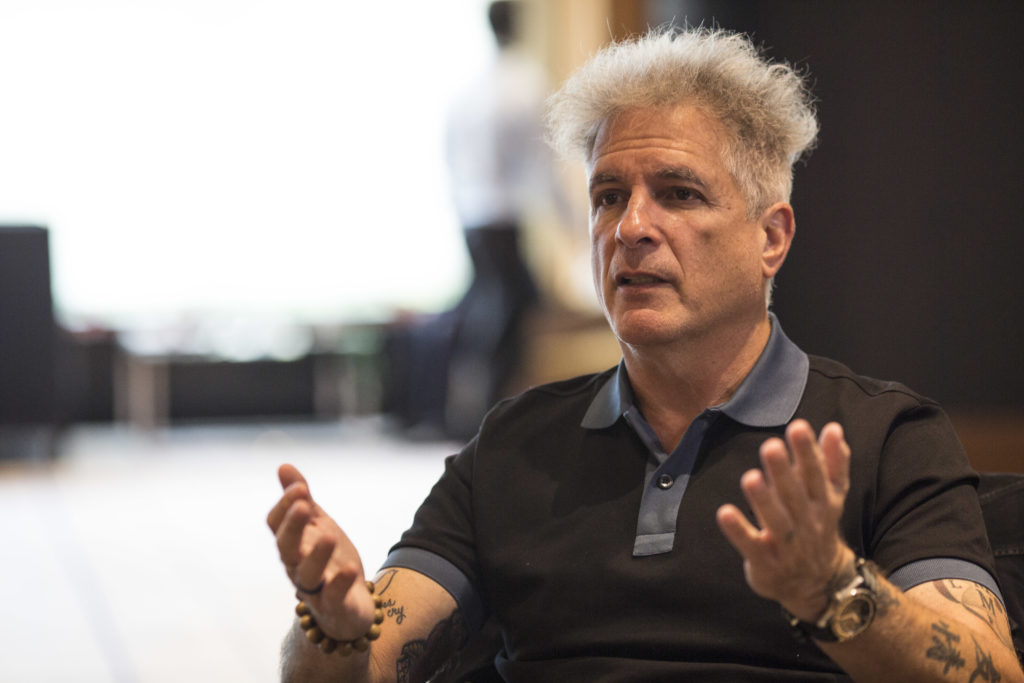The year ahead for Sabra Health Care REIT (Nasdaq: SBRA) presents a “terrific” opportunity for improved margins and potential dealmaking, with eyes on multiple asset classes, according to Sabra CEO Rick Matros.
While the California-based real estate investment trust (REIT) has focused in the past couple years on diversifying its portfolio – namely adding behavioral health and assisted living assets while minimizing SNF exposure – the team isn’t going to bypass doing skilled nursing deals, Matros said during a fourth quarter earnings call on Wednesday.
“Because we’re dropping so low on our skilled exposure, we’re really able to do more skilled deals and still have a much more diversified REIT than we’ve ever had before,” said Matros. “Everything is really about earnings growth this year, and so we’re not going to put any sort of false guardrails or boundaries around the asset classes that we’re currently in.”
Still, the team isn’t seeing much in terms of quality SNF deals, and it’s hard to predict deal volume and exactly where capitalization rates will settle. Sabra’s total investment in behavioral health remains approximately $800 million at the close of 2023, Sabra Chief Investment Officer Talya Nevo-Hacohen said during the call.
Sabra expects continuing stability and organic growth through its portfolio, Matros said, with skilled nursing occupancies increasing 50 basis points sequentially and a 290 basis point increase year over year.
In terms of labor, the environment continues to be tough but contract labor is down 29% on a per patient day basis, and overall nursing is up 4.3% per patient day, Matros said.
“The combination of [contract labor] coming down and our revenue per patient day growing at the rate that has been growing in the skilled portfolio has put us in a position where our portfolio’s margins are pretty much where they were at pre-pandemic,” said Matros. “The really good news there is we’re not even at pre-pandemic occupancy.”
The Sabra team noted efforts by CMS and numerous states to capture cost increases in reimbursement rates, and expressed optimism that it will continue at the state level this summer and into fiscal year 2025.
Medicare saw a 4.1% bump with the parity adjustment taken into account, Matros said, so it wouldn’t be an unreasonable assumption to expect something north of that for the coming year with a lot of inflation to capture.
Matros touched briefly on the federal minimum staffing proposal as well, adding that he expects the industry to do everything in its power to stop the proposal given the continuing nurse shortage.
Meanwhile, the skilled nursing sector’s position on the staffing mandate has bipartisan support in Congress considering the proposal’s enormous price tag, he said.
“The cost report process at the state level, and also at the federal level will eventually capture those increased costs – that will show up in increased rates. It actually will cost the government billions of dollars a year, even if they are funding it, sort of, upfront,” said Matros. “From a legislative perspective, that’s a big issue.”
Q4 earnings
For the fourth financial quarter, Sabra reported net income of 7 cents per diluted common share, compared to a loss of 37 cents per share in Q4 of 2022. Funds from operations was 30 cents per diluted common share in Q4 compared to 25 cents in Q4 2022.
EBITDARM coverage for skilled nursing and transitional care stood at 1.78 times, or 1.72 times excluding Provider Relief Funds.
Sabra issued guidance for 2024, its first time for annual guidance since the pandemic. Net income for 2024 is expected to be between 53 cents and 57 cents per diluted common share, and funds from operations is anticipated between to be $1.33 and $1.37, assuming no acquisition of disposition activity.
“We felt that we’ve had enough trends in our asset classes to provide full year guidance but it’s still impossible to predict, as you’ve been hearing exactly how much or how quickly things are going to improve, [or will] continue to improve,” said Matros. “If we’ve erred, we’ve been conservative in our assumptions.”
As of Dec. 31, 2023, Sabra had approximately $946.9 million funds in liquidity and $500 million under the ATM program.
While earnings and annual guidance missed analyst expectations at Stifel and BMO Capital Markets, Stifel analysts still see “positive signs” for Sabra, with business stabilized enough to give guidance at all as the portfolio continues to benefit from improving fundamentals of transitioned assets.
Analysts at Stifel expect Sabra to be a “net acquirer” in 2024, but are only expecting about $50 million in acquisitions for the year. Meanwhile, BMO analysts expect SNF and seniors housing coverage for the REIT to improve given better occupancy and labor trends.
Growing relationship with Ignite
Sabra expanded its relationship with Ignite Medical Resorts through a $38.8 million acquisition during Q4 for two skilled nursing facilities, with a cash yield of 9.5%.
Matros said the team is starting to see more investment opportunities overall, but no clear trends as of yet. When asked about its relationship with Ignite Medical Resorts, Nevo-Hacohen said the REIT continues to look for opportunities with Ignite while also recognizing that Ignite balances out its REIT relationships and looks for the best terms they can get.
“They like to negotiate, but we have tremendous respect for their capabilities as operators and are endeavoring to do more with them,” she noted.
In terms of the skilled nursing acquisition pipeline, Nevo-Hacohen said she isn’t seeing that much quality product being marketed by the brokerage firms. Instead, Sabra executives have found that those types of transactions are happening off market.
“It’s been incumbent upon us to insert ourselves into those relationships more actively in order to capture opportunities on skilled nursing, and they’re competitive,” she said.
Companies featured in this article:
Centers for Medicare & Medicaid Services, CMS, Ignite Medical Resorts, Sabra Healh Care REIT



